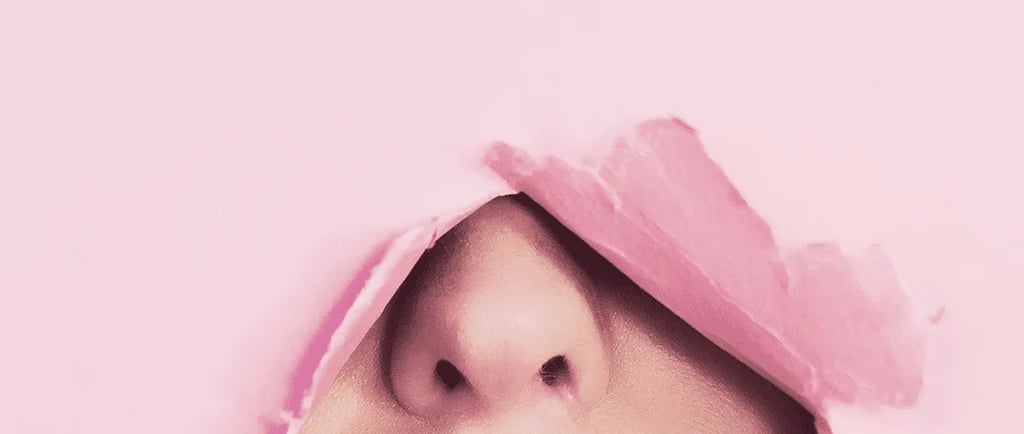Gosh! What’s just happened with my nose?
OMG
5/18/20203 min leer
Suscríbase a nuestro newsletter


I have worked in the wine industry for many years, and I’ve never seen an illness that could risk the work of winemakers, sommeliers and wine critics like COVID.
I’ve been lucky not to have gotten sick this year, but it has not been like that for everyone. I won’t focus on the sickness, people’s losses, the economy or politics, but on the residual effects on some people and their olfactory capacity.
In several conversations with people, I found out that some colleagues lost their sense of smell for only two weeks before recovering, whereas in other cases, they didn’t fully recover over the following months, or they didn’t lose their sense of smell at all.
The main issue for a winemaker that loses their sense of smell and doesn’t fully heal is that he loses his primary tool, especially now that we are so close to the harvest season of 2021. Because of this and by some people’s request, I’ve searched for ways to help regain the sense of smell or to reset it. According to a winemaker who had problems regaining it, he had to re-train himself since, according to himself and to other sources, he had lost his olfactory memory rather than the capacity to smell.
One possible olfactory exercise is, for example, to cut a rose and bring it to our nose. In this process, the brain anticipates what it is about to smell before the rose comes closer since it remembers to have smelled its rich and delicious scent. Since it is a pleasant scent, we feel motivated, which fires up our neurons and tells them to focus on our system.
As we bring the rose to our nose and inhale it, we detect the floating aromatic molecules. These will move through our nose towards the mucous membrane located at the end of the nose just below the brain and signal the brain to search for the molecules with that format and quantum vibration stored in our great sensory library.
According to Rockefeller University, in an article published in the Science magazine, humans can smell a billion scents, of which we can only identify a few hundred by name. This proves we can smell much more than we think, but also that we don’t identify as much as we smell. So what we must do is train the nose.
Numerous professional magazines have recently published some techniques to regain the sense of smell through a few simple exercises.
Creating mental images — Even with a barely functioning nose, a person can recreate the smells in their mind, by closing their eyes, creating a smell that could be jasmine and remembering its scent. This is called an olfactory illusion, like when we think about lemon juice in our mouth. There is an immediate reaction in the brain and our mouth salivates to balance the PH that is about to enter our body. Creating olfactory mental images during the exercise proved its operative reality! Throughout this experience and by imagining different smells, subjects experienced a clear improvement in their sensitivity as well as their ability to identify them. (1)
Now, repeated exposure would be recommendable if you have almost regained your sense of smell. This means smelling the same scent several times over several days to remember it. You can start with simple exercises like smelling lemon peels vs smelling orange peels, and smelling coffee as you make it each day and at the moment of drinking it. Smelling spices while cooking and later trying to find them in the food.
Once you have regained basic scent detection, start doing some fine-tuning. You can organize a triangle test and identify the different ones. Along with someone from your winemaker team, organize samples with various smell concentrations so you can rediscover the perception threshold.Rank from lowest to highest concentration, and identify the sample when you start to smell and when you start to identify.
This training will allow you to adjust your perception and identification thresholds.
You must smell a ripe banana peel and identify it as isoamyl acetate, or a vanilla bean or even a vanilla extract and identity it as vanillin, or a ripe black fig and remember the smell of cinnamate ethyl. You can even smell peppermint, fine herbs, cardamom seeds or even lemon to identify their floral aromas, perfumed and muscat-like notes, specifically called Linalool.
I hope this advice has been helpful to you. I am at the disposal of any doubts or questions from winemakers, agronomists, sommeliers and cooks. I hope we can get through this situation together.
Here you can find more information sources:
(1) Tempere S., Hamtat M., Bougeant J.C., de Revel G., Sicard G. (2014). Learning Odors: The Impact of Visual and Olfactory Mental Imagery Training on Odor Perception. Journal of Sensory Science, 29, 6, p. 435–449 https://ives-technicalreviews.eu/article/view/3986
(2) https://ives-technicalreviews.eu/article/view/3987
(3) Análisis sensorial de los Alimentos de J.Sancho & E. Bota & J.J. de Castro.
(4) How to taste — A guide to enjoying wine de Jancis Robinson
María Laura Ortiz
